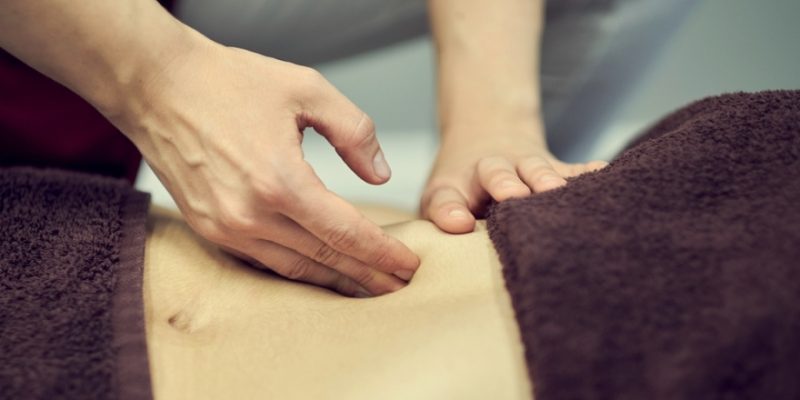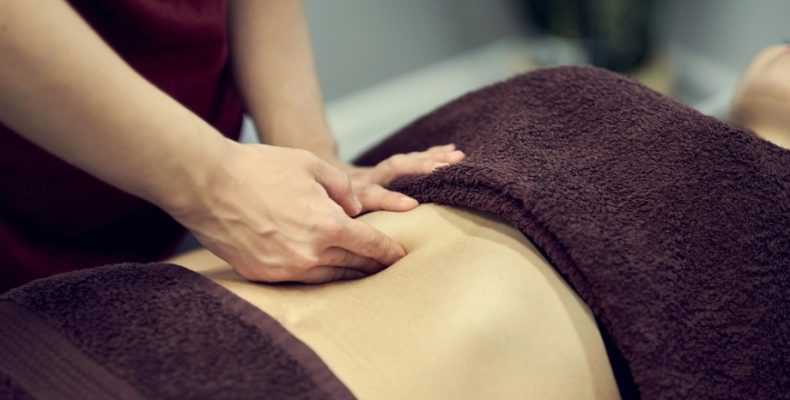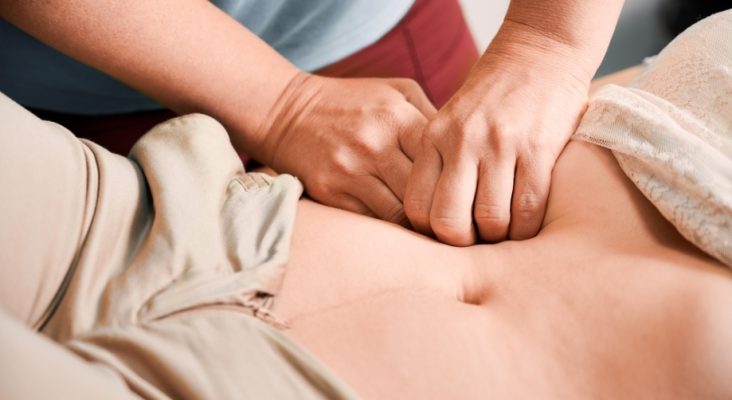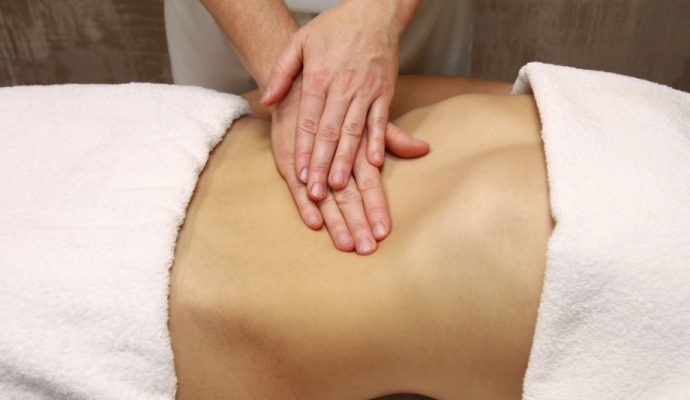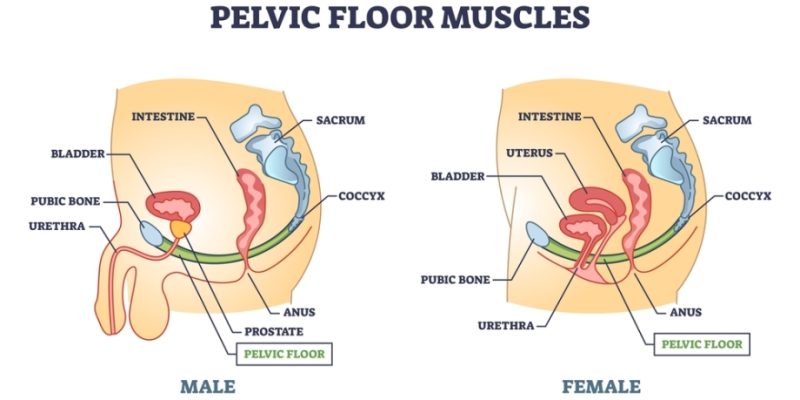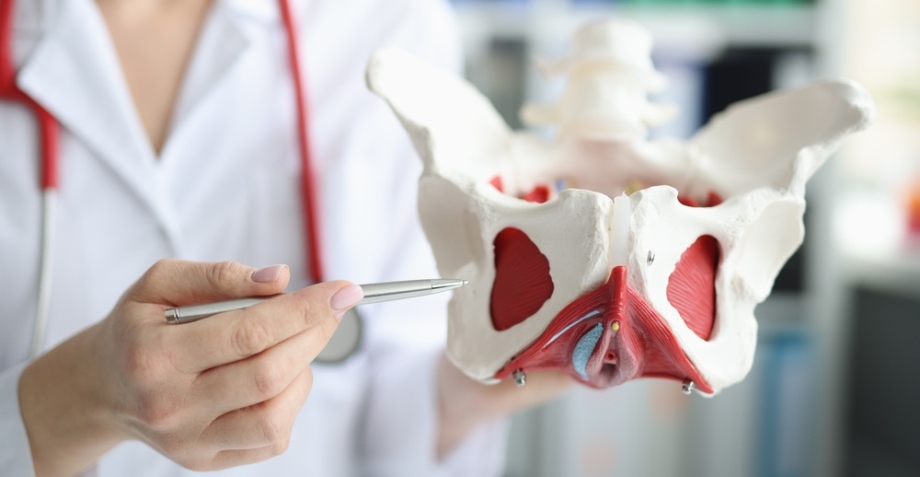
The pelvic floor is a complex system of muscles in both male and female bodies spanning the bottom of the pelvis from the pubic bone to the tailbone. It has many functions: it supports and stabilizes the pelvic organs, supports sexual function, controls urinary and rectal function, facilitates lymphatic and blood flow, and aids in posture, among some other functions.

There are several causes that can make the pelvic floor muscles less functional, which usually results in either weak or overly tight pelvic floor muscles, or sometimes even weak and tight muscles at the same time.
Common causes of pelvic floor dysfunctions may include genetic and medical conditions, postural problems, physical stress or inappropriate holding patterns of the area, lifestyle issues (such as lack of movement or physical exercise), previous injury, giving birth, and/or sexual trauma, among others.
An either weak or too tight pelvic floor will usually give specific health issues such as urinary or fecal incontinence, impaired sexual function, lower back or hip pains, bowel problems, prostate issues, organ prolapse, constipation, pain during sex, genital or perineal pains, painful menstruation, endometriosis, to give some examples.

In the case of LGBTQ folks, there’s quite some chance that there are issues with the pelvic region. This is often caused because of a problematic psychosomatic relationship with the pelvic floor and genitals due to years of enduring sexual trauma — typically suppression or repression of one’s gender identity and/or sexual orientation — which can cause structural holding patterns and physical stress and tension in the pelvic region, or by contrast numbness, insensitivity or weakness of the area.
For transgender people pelvic issues may even be more aggravated compared to non-transgender LGBTQ+ folks. For instance, Chest Binding, Tucking (hiding the penis to look flatter in the pelvic region) and/or Packing (creating a penis-like bulge in the pants) may cause extra pelvic floor tensions or postural issues.
In addition, those who have gone through Gender Affirming Surgery, notably Bottom Surgery, are even more prone to pelvic health problems because of modified body tissues and changed muscles structures in the pelvic area. Think of possible fecal or urinary incontinence, painful urination, or genital pains, alongside scar tissue that can pull on muscles and myofascial tissues causing additional pains or tensions.

Pelvic Floor Bodywork or Pelvic Floor Massage can come of help to normalize the situation. This can be external work, but sometimes parts of the pelvic floor need to be accessed internally through the vagina or rectum. Usually a treatment will be a combination of external and internal work, which often also involves work with the abdominal region, hips, groin, and thighs.
Several therapeutic bodywork and/or massage techniques can come into play which may include Trigger Point Release, Myofascial Release, Acupressure Massage, stretches, Breathwork, Scar Massage i.e. Scar Tissue Remediation, Pelvic De-Armoring, and/or Pelvic Floor Exercises to either release tensions or strengthen the pelvic floor muscles depending on what’s needed.




